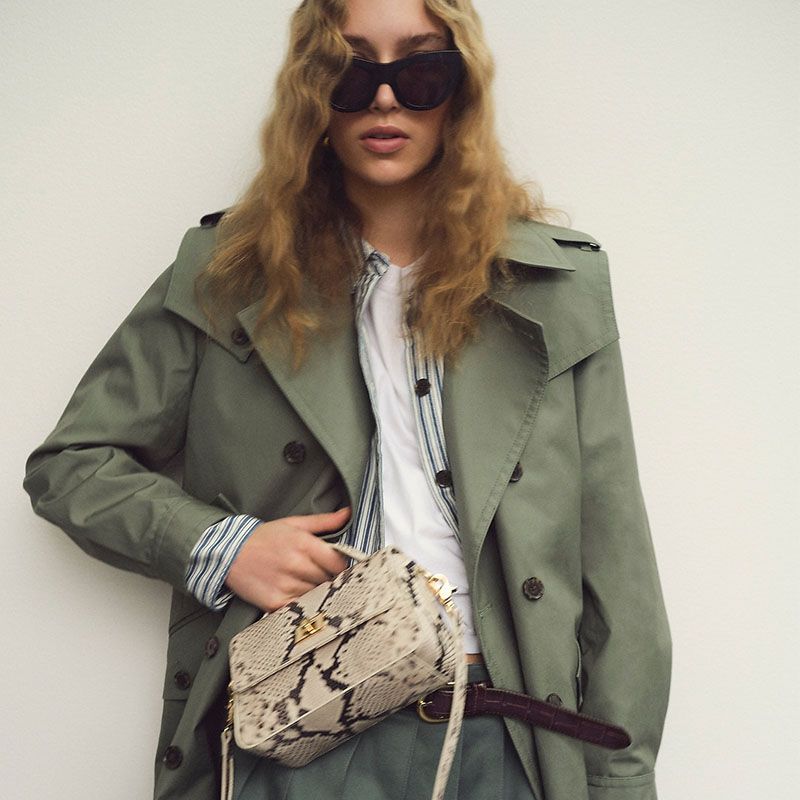Instagram’s testing some interesting new sticker options for feed posts and Stories, which could provide new opportunities for marketers in the app.
First off, Instagram’s working on a new AI “Backdrop” sticker, which enables you to replace the background of any image.

As you can see in this example, shared by social media expert Lindsey Gamble, the new Backdrop sticker works by identifying the main focus element of the image, then separating that from the background, so that you can replace it with another, generated option.
Which is pretty much the reverse of its recently added “Cutout” stickers, which use the same process to identify the main element, so that you can cut it out and use it as a sticker in other posts. And really, that would facilitate much the same functionality, though this could make it a little easier to quickly reframe your images in entirely new settings and scenarios.
Which could be good for marketers looking to create more versions of their creative, or if you wanted to tap into a trending theme quickly. Worth noting too that Meta is also in the process of rolling out a similar background replacement option for ads, within its Ad Manager tools, though the Backdrop tool could see more usage, as it would be built into the regular composer.
It’s not clear if all users, and/or business accounts will get access to the option, or when, but it could be a handy additional editing feature for your IG uploads.
The other new element in testing is a “Get Orders” sticker, which would enable brands to create a product in-stream, then attach that to a feed post or Story to drive direct response.

As you can see in these example screens, posted by social media pro Ahmed Ghanem, the process is essentially simplified product tagging, which would give you another way to drive orders from your IG content, seemingly without having to establish an IG Shop to facilitate such.
Which is a requirement of Instagram’s current Shopping Tags, with this new option potentially making it easier to include your inventory, without more complex uploading and set-up.
Both of these options are in testing, and there’s no official word on a broader roll-out as yet. But they could be handy additions for brands looking to maximize their product display options in the app.
























































![Key Metrics for Social Media Marketing [Infographic] Key Metrics for Social Media Marketing [Infographic]](https://www.socialmediatoday.com/imgproxy/nP1lliSbrTbUmhFV6RdAz9qJZFvsstq3IG6orLUMMls/g:ce/rs:fit:770:435/bG9jYWw6Ly8vZGl2ZWltYWdlL3NvY2lhbF9tZWRpYV9yb2lfaW5vZ3JhcGhpYzIucG5n.webp)


















